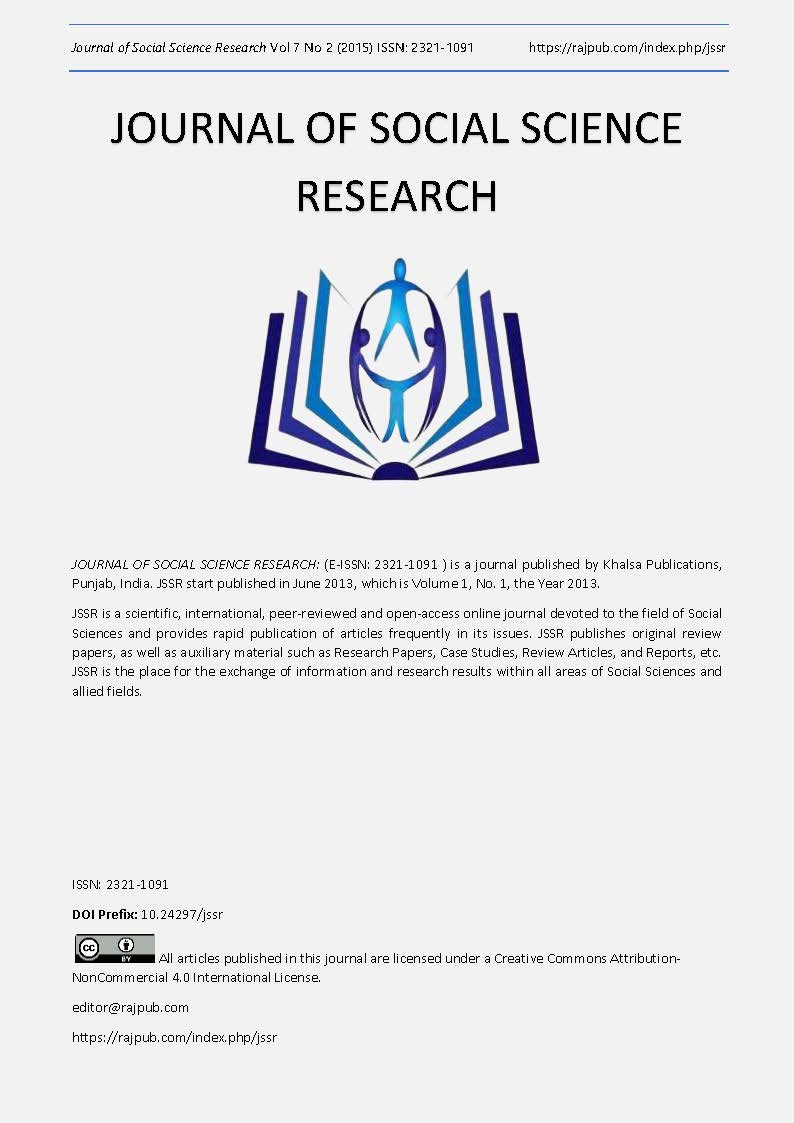Injuries and their prevention in the handball game
DOI:
https://doi.org/10.24297/jssr.v7i2.3570Keywords:
injuries, handball game, type of effort in handballAbstract
Sport training involves repeated bouts of exercise and high volume of physically demanding practice sessions and competitive games, which may lead to decline on performance, oxidative stress, and inflammation (Margonis K. et. al., 2007, Finaud J. et. al., 2006) Handball is considered a demanding exercise mode that places important stress on a players aerobic metabolism. In addition, handball game involves a large number of anaerobic actions such as bodycontact, repeated accelerations, sprints, jumps, throwing, blocking, pushing, and rapid changes in moving directions (Ronglan L.T. et. al., 2006, Gorostiaga E.M. et. al., 2006). Studies in elite handball players have focused only on performance parameters like maximal muscle strength, sprint time, and jump height in response to a tournament (Ronglan L.T. et. al., 2006). During a competitive handball season, the demand for playing two games per week elevates the stress imposed to the athletes, thereby increasing the injury risk and performance decline due to fatigue and muscle damage. Most prevalent injuries in handball is today, without any doubt, an extremely traumatic sport and it will be getting even more so with reference to the increase of strength, speed, and rhythm of the game. Numerous injuries which occur during the training process and games do not differ greatly with reference to age and sex (Wedderkopp N. et. al., 1997, Junge A. et. al., 2004).
Downloads
Downloads
Published
How to Cite
Issue
Section
License
 All articles published in Journal of Advances in Linguistics are licensed under a Creative Commons Attribution 4.0 International License.
All articles published in Journal of Advances in Linguistics are licensed under a Creative Commons Attribution 4.0 International License.




